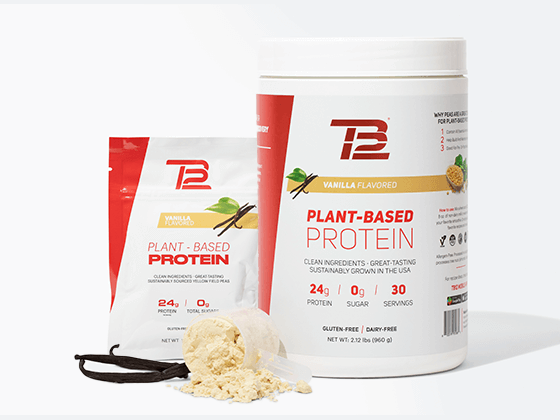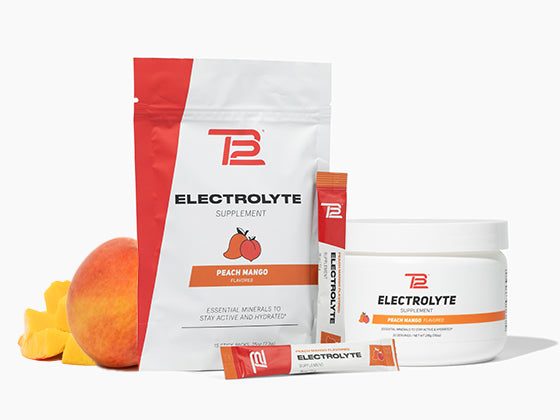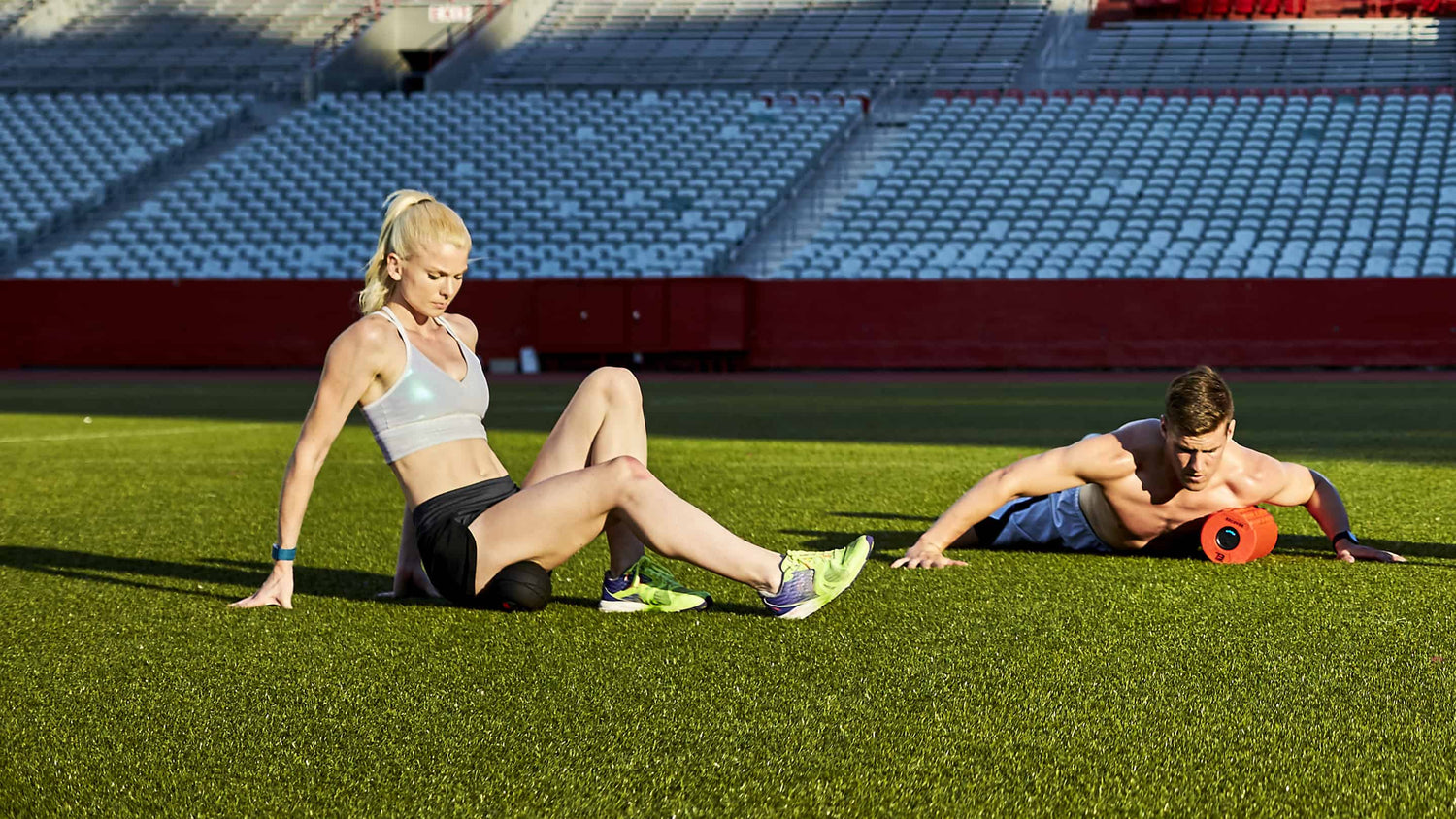WITH TOM BRADY now in his 22nd NFL season, it’s a great time to reflect upon the role of pliability — what Tom calls the “missing leg” of most strength and conditioning programs — in helping him excel on the field for over two decades, and why he believes pliability is important for everyone.
“Pliability is the missing leg of the traditional strength and conditioning model of aerobic exercise and lifting weights. By infusing pliability into your workout regimen, you’ll receive the same benefits I do — to be able to perform at peak levels and minimize the risk of injury. If you do get injured, pliability is the fast lane to recovery.” — Tom Brady
Losing Pliability
A good way to understand what it means to be pliable is to picture what it's like to lose pliability.
Imagine you sprint the final 200 meters of a 5k road race and injure a quad muscle. Pain receptors signal the brain about the damage. The brain sends signals back to the muscles surrounding the quad to become tight, dense, and stiff. In other words, to act like a natural splint to protect the injured muscle.
The quad stops firing. Other muscles work harder to compensate for the loss. With the quad going flat, we create an imbalance. This imbalance affects areas above and below the injury and overall leg function deteriorates. The hip, knee, ankle, and foot become impaired.
When dealing with a muscle imbalance, our bodies get used to doing things the wrong way. In our daily lives, we go on walking, running, and sitting with imbalances, compounding the toll of compensation and overload.
An injury like this is an example of a “negative trauma.” We preserve negative traumas as a muscle memory until that memory is challenged and replaced by the “positive trauma” we can create through pliability work.
What is pliability and what does it mean to become pliable?
Becoming pliable means targeting muscles that the brain has programmed to be short, tight, and hard, and re-educating them to be loose, supple and responsive — helping the body restore full range of motion and proper movement patterns. Imbalances are replaced by balance, enabling optimal health and performance, regardless of age, activity, or background.
“Pliability can help not only elite athletes but anyone and everyone who’s willing to commit to living a daily life of wellness and vitality,” Tom says. “Casual athletes, weekend warriors, yoga practitioners, marathon runners, anyone."
Whether it’s carrying a baby up and down a flight of stairs, playing tennis, or taking a snap in an NFL football game, pliability helps you do what you love better and for longer.

How can you become pliable?
Vibrating devices are a great way to build pliability. Either a Roller, Sphere, or Mini Sphere, Castrello says, is a great option for at-home pliability work. “All of our devices are good for anyone living the TB12 Method.”
The key to pliability is stimulating and re-educating the brain by creating new neural pathways. You have billions of neurons and trillions of synapses between neurons. Through deep-force pliability work, you can take advantage of your brain’s inherent neuroplasticity (i.e., its ability to learn, change, and grow) and, over time, teach your body optimal movement patterns.
“If you use a speed that feels too intense, that’s an indication that you should drop down a speed or two.” — James Castrello, Body Coach
Pliability retrains the brain, allowing you to restore muscles’ ability to fully contract, achieve full oxygenation and blood flow, accelerate healing, and eliminate imbalances and compensations that restrict performance and result in injury.
Castrello offered these essential tips to get the most out of using a TB12 vibrating device, which can be used in conjunction with exercises outlined in the TB12 Method Book.
How to Get Started With Pliability Training Using a Sphere or Roller
Before and after workouts
Different needs and solutions can impact the best time to work on pliability, but immediately before and after a workout is usually an ideal time. Pliability primes your muscles before the demands of exercise, helping improve performance and reduce the risk of injury. By wrapping up the workout with pliability, you can help “lock-in” the right movement patterns and enhance recovery.
Check out our YouTube channel for more pliability videos
One minute per muscle
A good, simple target, says Castrello, is to focus on each muscle for about one minute. A full-body pliability session should take approximately 20 minutes.
Be consistent
Consistency is the key, Castrello says, and shooting for at least one pliability session every day is effective at creating lasting change. “Sporadic treatments will help to improve symptoms in the short term — but for sustaining the effects you need to use the devices consistently.” Castrello adds that your first time using a vibrating device may be uncomfortable. “The first couple times you may feel some discomfort, but as your pliability improves, this will go away.”
Use the mini sphere for hard to reach spots
Castrello likes the stability offered with the Roller, but appreciates the Mini Sphere’s precision. “I find the Mini Sphere more efficient for the back, shoulders, neck, chest, and hips. Since it’s smaller, you can really isolate smaller muscles like the posterior rotator cuffs and neck erectors.”

Work toward higher vibration levels
The Roller and both Spheres offer a range of vibration frequencies. “Typically a beginner should start with level 1 or 2 and work their way up while sticking to all rolling rules,” Castrello says. “If you use a speed that feels too intense, that’s an indication that you should drop down a speed or two.”
Over time, do your best to work up to higher frequencies. “The higher the vibration the more nervous system stimulation, so increasing the vibration setting as high as you can tolerate is ideal for a creating new neural pathways." - Matt Denning, Body Coach
Strive to make a change
Denning also says that when you feel a “change” has been made in the muscle, you have made a true gain in pliability. “When using the Roller or Sphere, you should strive to feel a change. This is the key: feeling that the involved tissue is different shows that you have made a substantial change in your pliability.”
Make it part of the mix
Castrello says that using a Sphere or Roller to enhance pliability should be a core part of a comprehensive training program. “Devices like the Sphere and Roller help improve pliability, especially when used in conjunction with the rest of the TB12 lifestyle pillars: hydration, nutrition, functional strength & conditioning, and cognitive health.”

Getting started on the path of pliability is worth it, Tom Brady says. “If you want proof that pliability training works: I’m it. I was the 199th pick of the 2000 draft — an athlete that had always been told he didn’t have the right body for football. No one had believed I’d play a year of college ball let alone in the NFL. Not a lot of players have ever started as quarterback while in their 40s. If you want a great case study for what the TB12 Method and pliability can do for you — I’m right here, playing another season in the NFL.”






